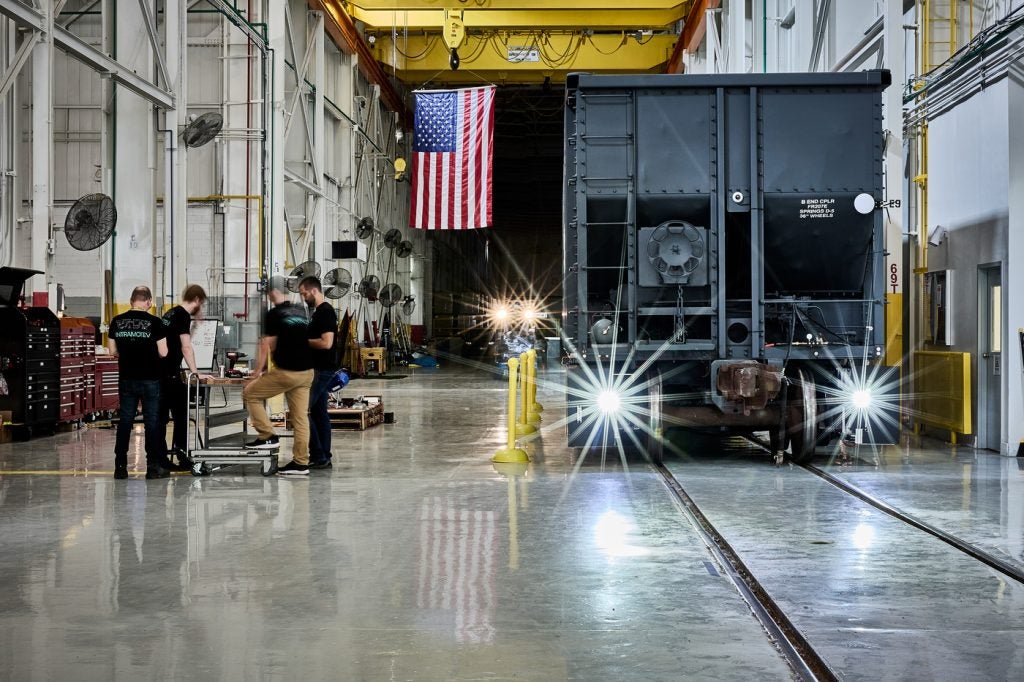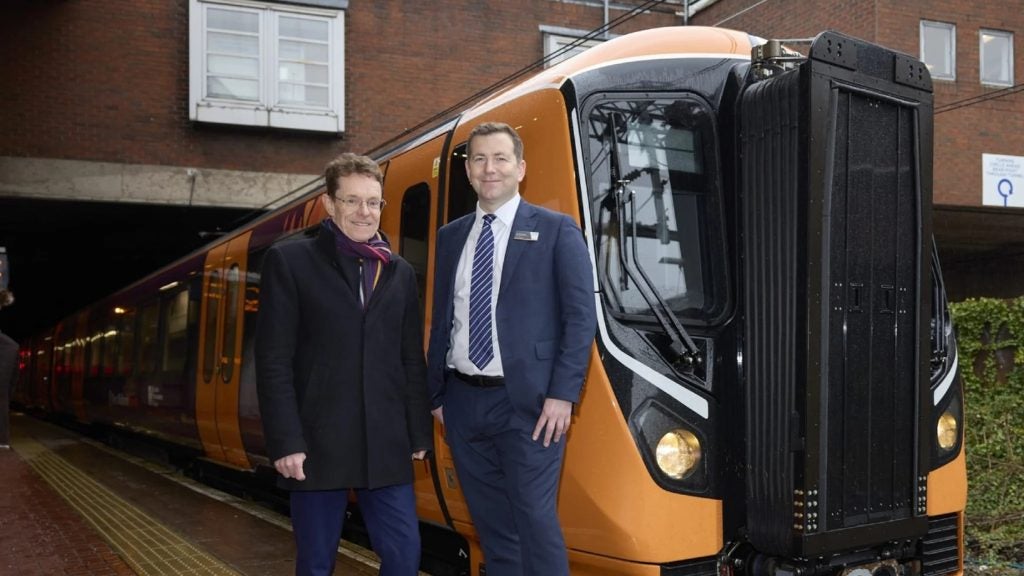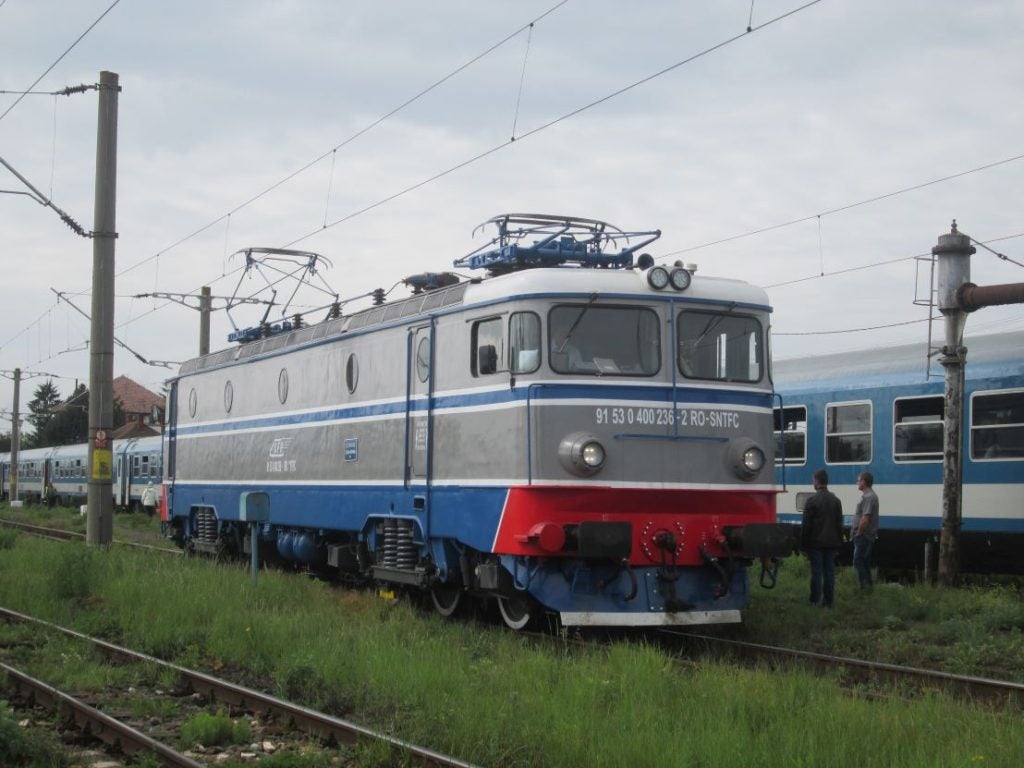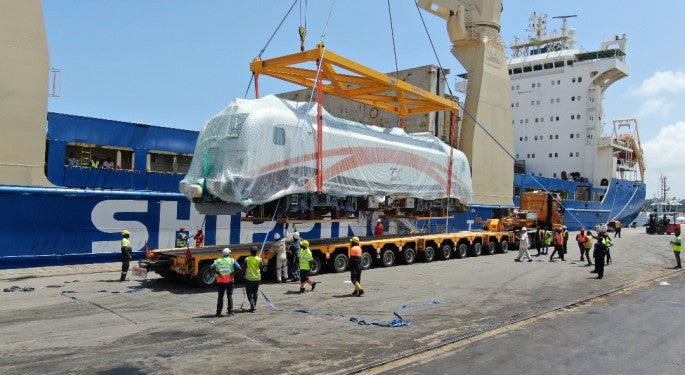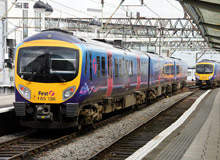
It's amazing what difference a year can make when a government is faced with vast change in both the economy and the environment. In July 2007, a major UK White Paper virtually dismissed further electrification of the railways. A year later, it was firmly back on the agenda.
The virtual tearing up of the House of Commons Transport Committee's Delivering a Sustainable Railway report, which detailed the government's rail vision for the next 30 years, took place in October 2008 with the formation of the National Networks Strategy Group. Given a remit of planning road and rail infrastructure to focus on new and high-speed lines, it was also given the caveat of assessing, "selective extension of rail electrification" with the initial report due within six months.
After years implying that European neighbours had got it all wrong by first going electric and then expanding coverage, it now seems that the UK may be entering the motive power mainstream. Why the change of mind?
Fuel fundamentals
Aside from limited route clearances that date back to the very birth of rail, what chiefly characterises the UK infrastructure is the low level (around 40%) of lines that are electrified. As they are generally installed on busier routes, which in total now amass to approximately 16,000km (10,000 miles) of track, the proportion of passengers carried by electric traction is substantially greater.
See Also:
Of these electric lines, about a third is accounted for by the Southern third rail that, like the much smaller Merseyside network, was a pioneer of the suitability of electric traction for intensive services. The fact that electric traction is the better tool for the job in the European context is not the issue – policy shift and footing the long-term bill most certainly are.
How well do you really know your competitors?
Access the most comprehensive Company Profiles on the market, powered by GlobalData. Save hours of research. Gain competitive edge.

Thank you!
Your download email will arrive shortly
Not ready to buy yet? Download a free sample
We are confident about the unique quality of our Company Profiles. However, we want you to make the most beneficial decision for your business, so we offer a free sample that you can download by submitting the below form
By GlobalDataIn The Oil Crunch, the first report by the UK Industry Taskforce on Peak Oil and Energy Security published in October 2008 – which includes three companies with direct rail interests – fuel's increasing cost is identified as being at least as great a problem as availability. Despite short-term volatility, fuel costs are expected to rise and as extraction becomes more difficult and pricey, energy security is the hands of sovereign states not the free market.
The International Energy Agency says an 'energy crunch' may come as early as 2013. In late 2008, the Government Committee on Climate Change found that by 2020, carbon dioxide and other damaging gases should be cut by 42% relative to 1990 levels.
As such, there seems little justification to a railway primarily running on fossil fuels. But even electric railways need to be fed and in the UK carbon-rich fuels still dominate downstream.
UK rail shifts gear
If all goes well, new rolling stock such as the diesel high-speed train (the replacement of which is at the centre of the debate) has a working life of around 30 years. However, policy shifts or product failures that cut short a train's lifespan are spectres that haunt the corridors of both politicians and manufacturers. The proliferation of designs – many of little worth – under the 1955 Modernisation Plan, the disposal of steam locomotives by 1968 and the Advanced Passenger Train project all serve to sharpen minds and give nightmares to those responsible for long-term planning.
The electrification issue links inextricably with the Intercity Express Programme (IEP) that began in March 2007 to increase capacity on the rail network. Logically, any firm decision on the powering of the HST replacement or the details of the IEP should not be made until an electrification policy is clear.
If it has a place at all, the 'hybrid' mode – in reality an electric with a large diesel engine on board – in the Department for Transport's IEP specification would only remotely make sense if substantial sections of non-electrified lines remain as part of the network, with a switch between power sources needed where the wires end. The late 1960s Bournemouth electrification proved that a diesel locomotive can meet this dual need and lent itself to an easy transition when the third rail was extended to Weymouth.
To create an unproven, weighty hybrid and then have it running under subsequently installed wires would be wasteful.
This situation is even less defensible than the present situation of HST engines pounding away day-in, day-out on the electrified East Coast Main Line or Class 185 EMUs doing the same on both north-south main lines. Oddly, it seems not to have struck IEP planners that such hybrids are not exactly commonplace on the world's railways. But perhaps everyone else has got that wrong as well.
Beefing up routes and units
Bound up with electrification is whether High Speed 1, the Channel Tunnel Rail Link, remains the only true high-speed UK line. While on mainland Europe stock like French TGV, Italian Eurostar and German ICE are compatible with non-high speed infrastructure, this flexibility and destination coverage is missing in the UK.
The case for more high-speed infrastructure is gaining support and momentum as a core London to Leeds line is receiving general approval, although any involvement with Heathrow's new runway is proving more controversial. But to serve a bigger catchment area feeder and main routes will need to be wired. High-speed rail does not exist in a vacuum and for it to be a success it must not become operational in limited sections, cut off from the wider network.
Commitment to more electrified routes also involves increasing the number of electric units and locomotives that are presently in the national fleet. Economies of scale, however, mean that this might not be as expensive as it once was. As the international supply industry is increasingly geared to electric traction, ever more light modifications of essentially off-the-shelf products are bringing unit costs down. Conversely, marginalised diesel stock is getting more expensive as it becomes less run of the mill.
It has not just been passenger habits that have shaped the rail network. In just the same way that the M62 and A14 were borne out of freight demands, so too were the diesel fleets that serve between the container ports of Felixstowe, Southampton and Teesport. The build up of a diesel freight fleet, mainly the Class 66, and the survival of older diesel types was partly caused by not having a sufficient coverage of electrified lines. Although the freight fleet is largely modern, such is the timescale of rail projects that replacement of current diesels with electric locos is something that a more comprehensive electrified network, including sidings access, would encourage.
Rolling forward
With governments of all political persuasions having been content to let diesel take the load in the UK for decades, it may seem strange that the strongest indications of increased electrification are coming in a time of financial distress. Wiring up the network will never be cheap but if it can prove it has longer-term benefits it will prove less costly to start the investment now – and keep on going.



